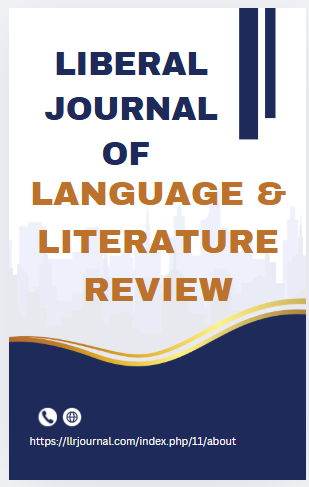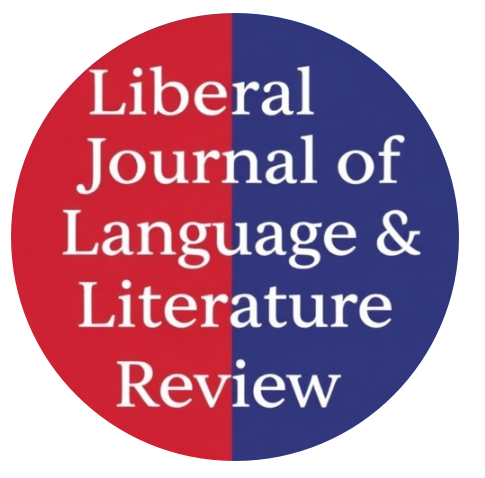Evaluating Ambiguity Resolution in DeepSeek: A Study on Lexical, Syntactic, and Semantic Disambiguation
Keywords:
Linguistic Ambiguity, Large Language Models (Llms), Deepseek, Natural Language Processing (Nlp), Lexical Ambiguity, Syntactic Ambiguity, Semantic AmbiguityAbstract
Linguistic ambiguity has always challenged human communication, yet people resolve it effortlessly through context and background knowledge. For natural language processing systems (NLP), particularly in this era of large language models (LLMs), this fundamental aspect of language remains persistently problematic. As artificial intelligence and large language models (LLMs) continue to evolve, assessing their ability to interpret and resolve linguistic ambiguity has become increasingly important. This study examines how DeepSeek, an open-source LLM, deals with four types of linguistic ambiguity: homonymy, polysemy, syntactic, and semantic. A qualitative and descriptive approach is used in the study. It consists of a benchmark dataset of 33 test sentences. Prompts were entered into DeepSeek and the responses were manually examined and categorized into four groups: true positives, true negatives, false positives, and false negatives. The results show that DeepSeek performs well with syntactic and semantic ambiguity. It often provides detailed and grammatically accurate explanations. Nonetheless, the model found it hard to handle lexical ambiguity. It often over-detects ambiguity in homonymous sentences. Redundant alternative meanings of the polysemous phrases are proposed by the model even in obvious contexts. These results indicate that DeepSeek only comprehends the structure of the sentences used and fails to interpret the meaning through the context.




